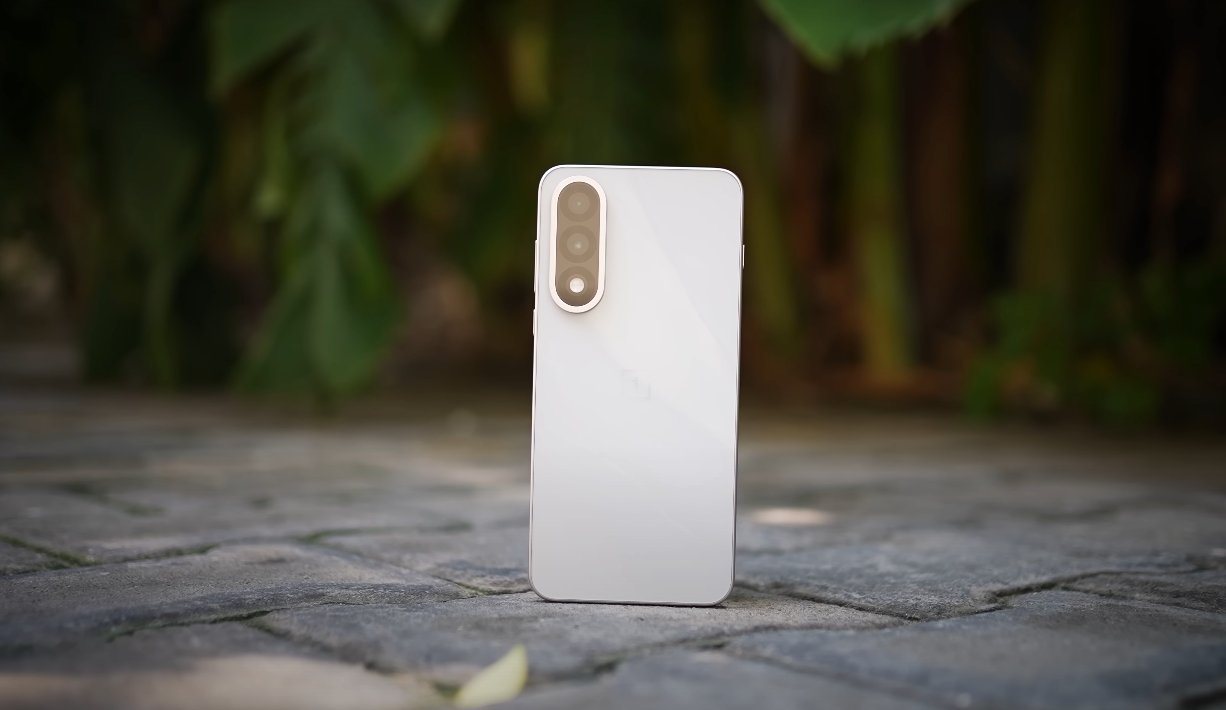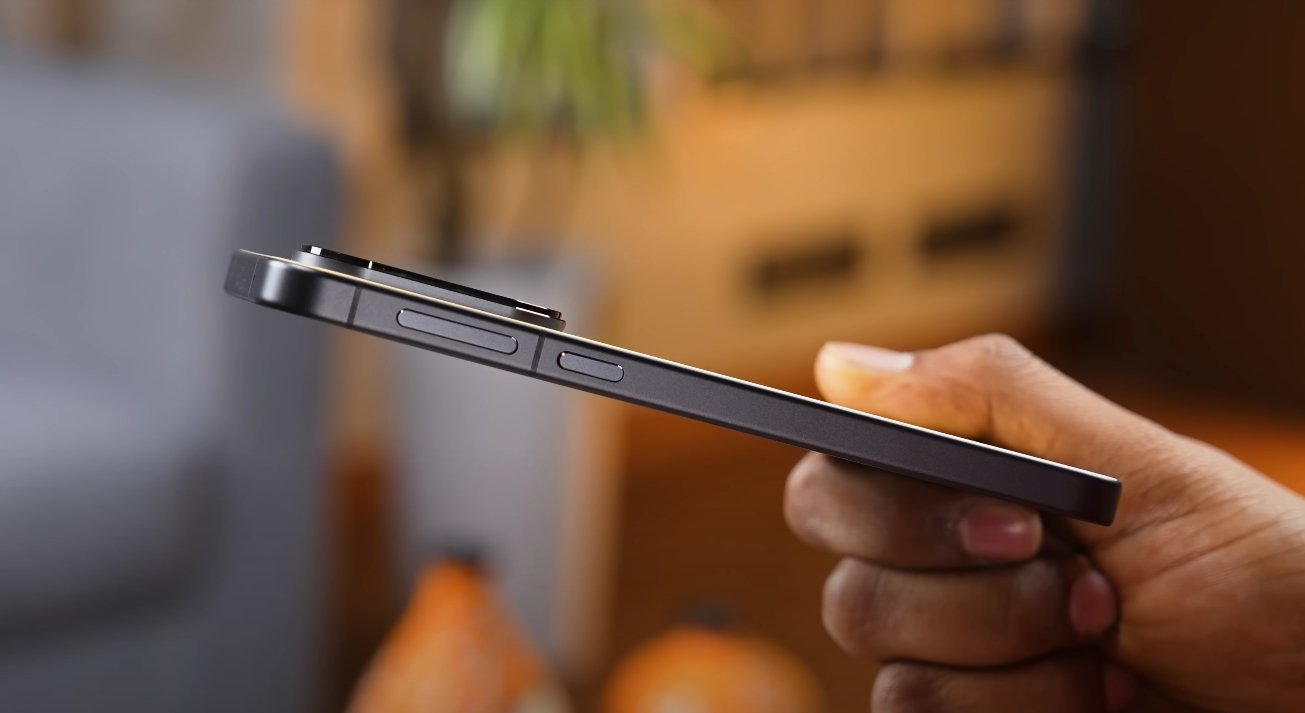Early Scores Hint at Power and Efficiency Gains
Leaked benchmark results for the Pixel 10 Pro Fold have given tech enthusiasts their first detailed look at Google’s next-generation foldable performance. While official testing has yet to be confirmed, these early figures provide a strong indication of what users can expect when the device launches later this year. The results point to a clear performance jump compared to the first-generation Pixel Fold, but they also reveal that Google’s focus remains on balance and optimization rather than raw speed.
According to the reported figures, the Pixel 10 Pro Fold achieves a single-core score of around 2,200 and a multi-core score of roughly 6,100 in early benchmark testing. These results represent a noticeable improvement over the Pixel 9 Pro Fold, which averaged closer to 1,900 and 5,000, respectively. This suggests that Google’s new Tensor G5 processor delivers a meaningful performance boost across everyday operations, multitasking, and background AI functions. The chip appears to prioritize efficiency, machine learning tasks, and sustained performance rather than pushing clock speeds to their limit.
Beyond CPU power, early GPU performance results reveal a mixed outcome. The Pixel 10 Pro Fold reportedly scored in the mid-3,000 range on graphics benchmarks, indicating that while gaming and visual rendering will be smoother than on earlier models, it still trails the latest Snapdragon-powered foldables. However, Google’s goal seems to be consistent thermal performance and improved AI-driven optimization rather than chasing the highest synthetic scores. This means users may see fewer drops in frame rate during long gaming sessions and better performance in photo and video editing tasks that leverage Google’s neural processing units.
The Tensor G5 chipset also brings notable improvements in power management. It is built on a smaller fabrication process, allowing it to consume less energy while maintaining stable performance under load. Early testing shows that thermal throttling is less aggressive, meaning the Pixel 10 Pro Fold can sustain high performance for longer periods without overheating. For users, this translates to smoother multitasking, faster app switching, and more reliable performance when running demanding apps like video editors, 3D renderers, or AR tools.
In addition to raw power, the new chip also enhances AI and camera-related processing, two areas where Google traditionally leads the market. The Tensor G5 introduces faster machine learning cores that help power real-time image enhancement, advanced voice recognition, and live translation features. Benchmarks that measure AI performance indicate that Google’s foldable is roughly 30% faster in these workloads compared to the previous generation. This improvement will likely be more noticeable in the camera experience, as AI-assisted photography is central to Pixel’s identity.
While benchmark scores provide a glimpse into potential performance, they do not always tell the whole story. Google has historically tuned its chips to prioritize stability, smart power allocation, and computational photography rather than headline-grabbing numbers. The early Pixel 10 Pro Fold results reflect that same philosophy. The device is not expected to outperform the most powerful Snapdragon or A-series chips in synthetic tests, but it may deliver a smoother, more consistent real-world experience, especially when managing multiple tasks or using foldable-specific features like split-screen multitasking.
As launch day approaches, the final benchmarks may show further gains once the software is optimized. Pre-release units often run on early firmware that does not fully utilize the chip’s potential. By the time the retail model reaches users, performance may improve slightly across CPU, GPU, and AI tests. Even in its current leaked form, the Pixel 10 Pro Fold appears ready to offer a blend of solid performance, power efficiency, and advanced AI capabilities that make it one of the most balanced foldables of its generation.
In summary, the leaked benchmark results for the Pixel 10 Pro Fold highlight a clear step forward for Google’s foldable lineup. The Tensor G5 brings tangible gains in speed, efficiency, and intelligence, positioning the device as a powerful everyday performer rather than a benchmark showpiece. For users who value fluid multitasking, stable performance, and enhanced AI features, the Pixel 10 Pro Fold looks like a major upgrade over its predecessor and a strong contender in the foldable market.
Also Read: Apple iPhone Air 5G network compatibility in USA






